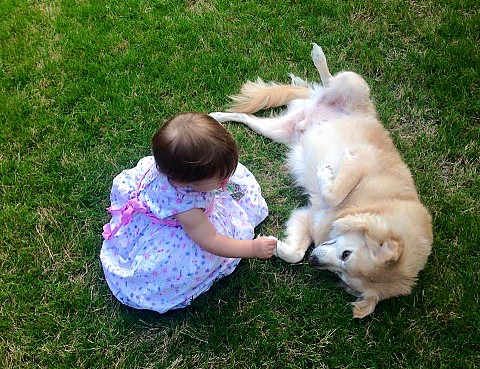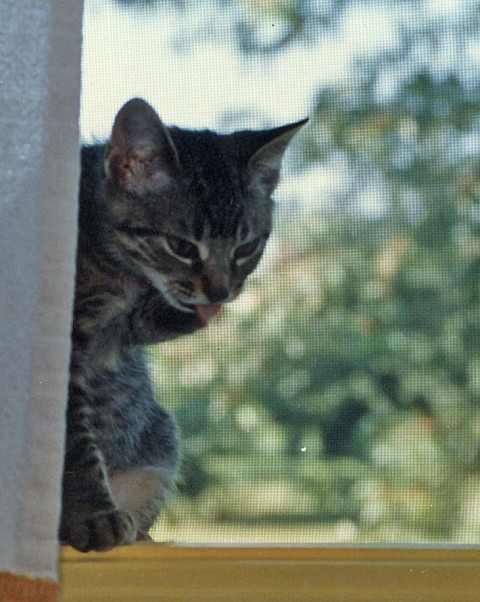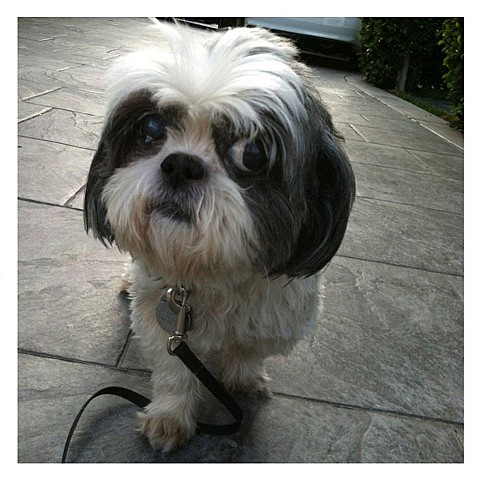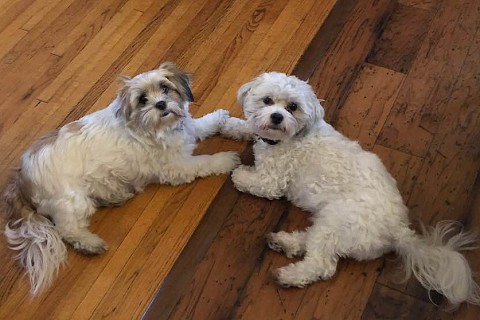Euthanasia & Loss
When your pet's quality of life is at its lowest ebb and it's clear that they're suffering, it can still be a difficult decision to put them to sleep. Some people describe this process as heartbreaking, surreal, or "the hardest thing they've ever had to do." Others may feel immense guilt, or avoid making the decision altogether.
Although it's difficult, planning euthanasia for your ailing pet is the kindest and most humane thing that you can do. It's helpful to learn more about the process, talk openly, ask questions and plan things in advance as much as possible.
While it may sound strange to some, it can also be a great comfort to have a conversation with your pet about their quality of life and what lies ahead.
More information
Euthanasia at Home
A trip to the veterinarian’s office has never been one of your pet's favorite experiences. It generally involves a stressful car ride, spending time in a busy lobby, and a variable amount of discomfort and fear for everyone involved.
Your pet’s last hours really shouldn’t take place in such a foreign, clinical environment. They should be spent at home, surrounded by family, in a familiar room, on a sunlit patio, or in the yard under a favorite tree.
Choosing a place to say goodbye to your pet is very important, but you can go a few steps further if you'd like: indoors, you can create a calm, soothing atmosphere by turning the lights down, playing low, familiar music, and lighting candles; outdoors, a setting sun in the background is always appropriate.
To ensure that the experience will be as tranquil as possible, please remember to turn off telephones, televisions and any other distracting devices ahead of time.
Doing these things can give you a greater sense of control in a difficult time, and allow a more peaceful experience for everyone involved.
The Procedure
When the time comes, Dr Steve will come to your home to help you say goodbye. After meeting with you and your family, he’ll administer a series of 3 injections to your pet:
The first injection is a tranquilizer mixed with a pain medication that will cause your pet to become very calm and comfortable within 5-10 minutes. The second injection is a general anesthetic that will cause your pet to fall deeply asleep within the next 5-10 minutes. These first injections are given under the skin with a very small needle; for most pets, they are completely painless and do not require any restraint.
When you and your pet are ready, Dr Steve will administer the final injection, which is a concentrated barbiturate solution. The first effect of this injection is complete loss of consciousness; within several seconds, the rest of the body's functions will gently slow down and stop.
Aftercare
After home euthanasia, most pet owners choose to have their pet's remains individually cremated and returned to them.
lf you don't wish to have your pet's remains individually cremated and returned, Dr Steve can make arrangements for communal cremation. In this case, multiple pets are cremated together and ashes are scattered at sea.
There are other options for aftercare that you may wish to take care of on your own. These include burial at home, collection by a pet cemetery, or collection by a city agency.
Quality of Life Consultation
If you are considering euthanasia for your pet, please don't hesitate to contact Dr Steve. He can answer questions about your pet's medical condition, help you objectively assess their quality of life, and let you know how to recognize when the time has come to say goodbye.
Dr Steve can assist with euthanasia of dogs, cats and other species upon request, including rodents, rabbits, birds, sheep, goats and pot-bellied pigs.
A Final Thought
"Pets come into our lives to teach us about love. They depart to teach us about loss. A new pet never replaces an old one, it merely expands the heart."



